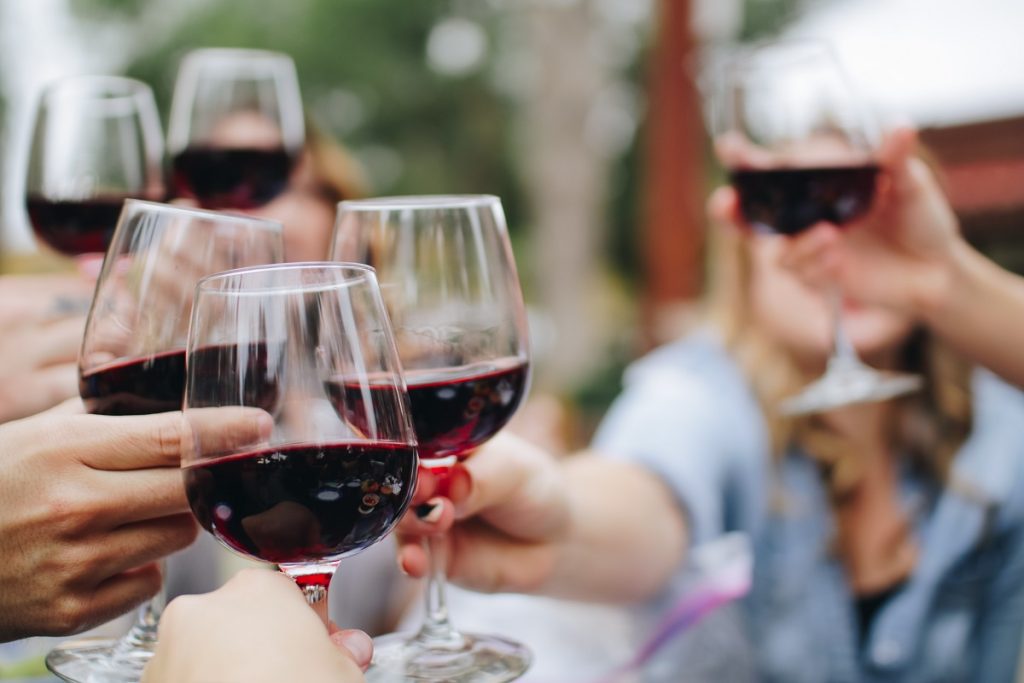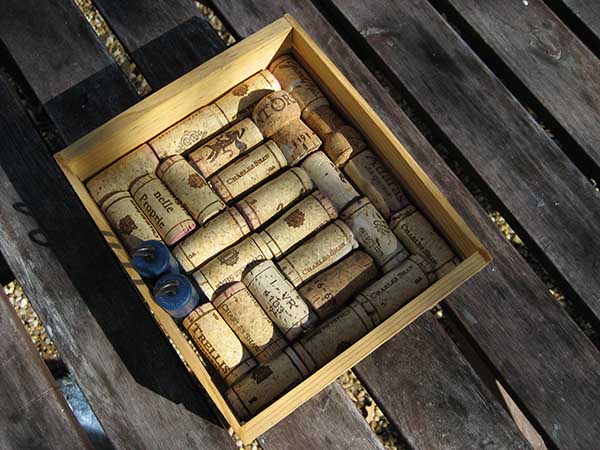Eco-Friendly Wine Drinking: 5 Tips
4 min read
Editor’s note: Thinking about opening a bottle of vino for Earth Day? Here are some great tips for making sure that the wine you choose also has a light impact on the planet.
1. Buy Local
Just like buying your produce at a local farmers’ market, buying locally made wines reduces your carbon footprint. Locally produced wines require less shipping and transportation than imported wines, making happy hour much more eco-friendly.
Oftentimes, local businesses operate on a smaller scale and therefore have lower overall emissions and pollution levels. Buying local wines means helping your local community while also improving the global environment.
2. Wine on Tap
Ever wonder why the beer list is twice as long as the wine list at bars? Tap systems have long allowed bartenders to pour thirsty patrons pints of ShockTop, Bud, Blue Moon and a bevy of others, while often the only wines offered are the House White or House Red. Well that may all change soon. Draught systems aren’t just for beer anymore.
Using inert gases and stainless steel kegs, vineyards across America are now packaging their wines with the environment in mind. Say you sell three cases a week of your best selling wine, that’s over 1,800 bottles a year. A single keg can be reused many times throughout its life, replacing the need for thousands of bottles.
Wine in a keg also means no corks or labels, and the keg is returned to the winery to be refilled. Transportation costs are also reduced as wines are shipped in large quantities as more efficient cargo.
Wine on tap also reduces material spoilage by ensuring that wine lasts longer. With a wine on tap system, the keg is constantly pressurized ensuring that oxidation never occurs. Wine in a keg can stay fresh for a year (or more!).
Wine on tap is virtually zero waste, from the packaging and transportation down to the wine itself.
3. Reduce Spoilage and Waste
The process of oxidation begins as soon as the bottle is opened and the wine is exposed to air. As many red wine enthusiasts know, oxidation changes the taste as well as the quality of the wine, often reducing a great cabernet to a Two Buck Chuck within a week.

Don’t have a commercial-grade wine on tap system to prevent oxidation? Don’t worry! Everyday wine drinkers can purchase a wine preserver vacuum pump which removes the oxygen from the wine bottle before sealing it with a vacuum-tight stopper.
Prolong the life of your wine with a wine preserver and be environmentally friendly by drinking every last drop!
4. Buy Organic
We’ve all heard the argument for buying organic produce — it’s healthier, it’s fresher, it’s pesticide free and environmentally friendly. Well, these things are all true for organic wine as well!
Organic wine is made from grapes grown without the use of artificial chemical fertilizers, pesticides, fungicides and herbicides. By eliminating these chemical elements, organic wine is better for you and better for the environment. Many traditional vineyards use chemical enhancers to increase crop yields, depleting soil nutrients and tainting water systems.
So the next time you’re shopping for wine, buy organic. You’ll save yourself, and the planet, from chemicals. Here’s a list of top organic wines to get you started.
5. Upcycling
Upcycling takes traditional recycling to the next level. Often associated with waste materials or otherwise useless objects, upcycling repurposes would-be waste into new and useful items.
We all know that glass wine bottles can be recycled the good old fashioned way and turned into new bottles. But what do you do with the corks? Most people throw them away, but there are many uses for these beloved stoppers.

One way to upcycle wine corks is in potted plants. When broken up, the pieces of cork will biodegrade naturally and help your plants grow. Cork is great for retaining moisture as well as resisting mold. Here are more ways to upcycle your corks.
6. Look For Biodynamic Wine
While natural wine can be an eco-friendly way to go, it’s a term that isn’t regulated and can really be applied to anything. But when you choose biodynamic wine, you can feel rest assured that you’re choosing a sustainable option.
Biodynamic farming is a process of holistic farm management that treats the whole property as a living organism. Wineries have to go through a certification process in order to be considered biodynamic, and this style of winemaking is a rigorous process. But what you end up with is a bottle of wine that’s grown sustainably, with respect for the land.
7. Buy In Bulk
Whether you go with a sustainably packaged boxed wine or purchase a few bottles online and have them shipped to your home all at once, buying wine in bulk cuts down on transportation costs and usually saves you some money, too.
8. Choose Brands With Sustainability Initiatives
Beyond the wine making process itself, look for brands that give back to the environment. Whether it be supporting sustainable agriculture, cleaning up the beaches, or planting trees, do your research on your favorite brands and see what they do to give back.
Caitlin Owyang does online outreach for MicroMatic, a full-service wine on tap company. Caitlin enjoys traveling, cooking, and a good Riesling.





